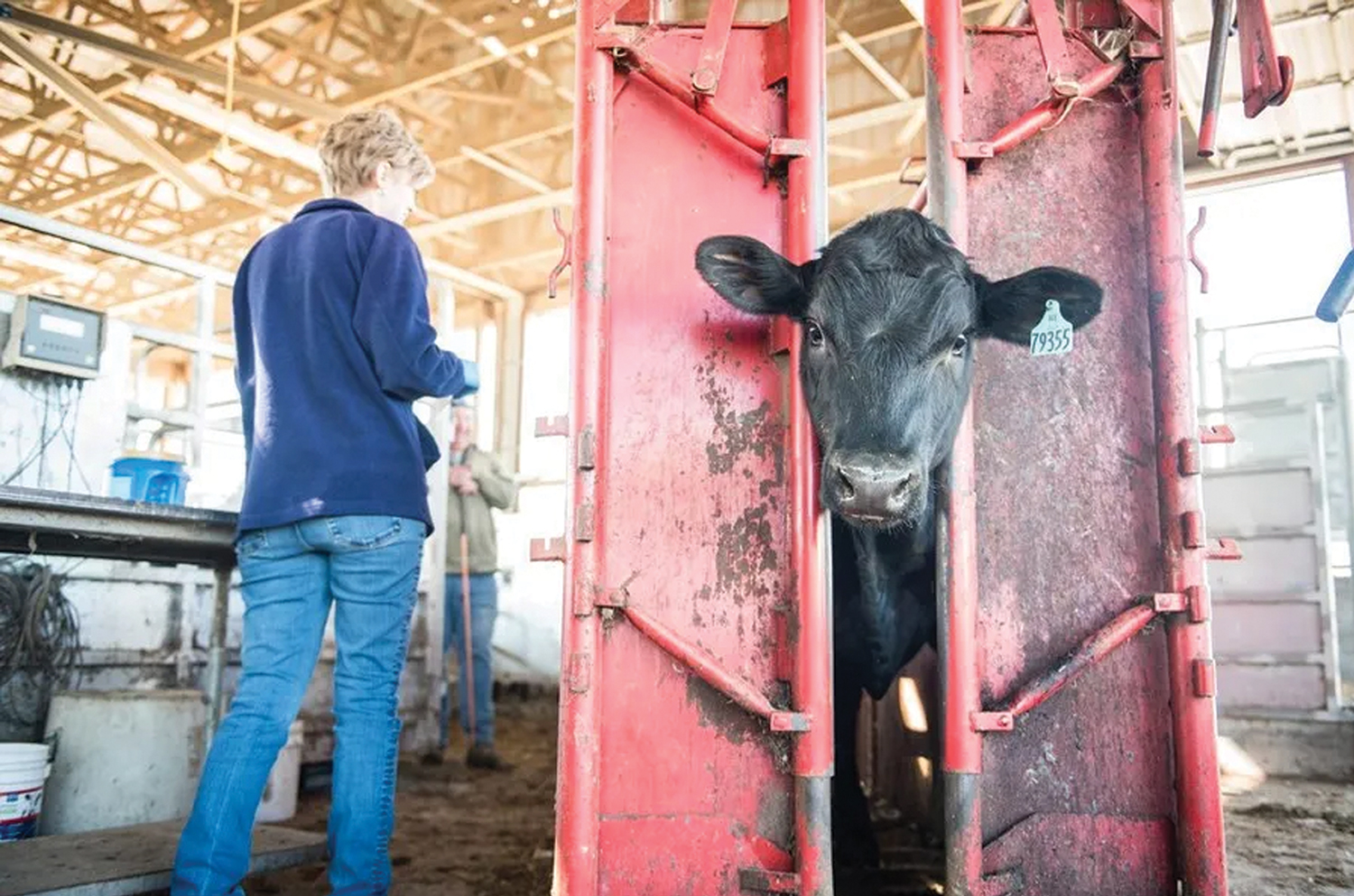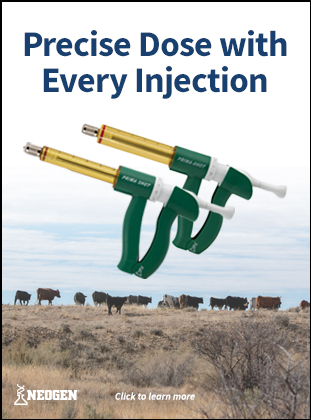Benefits of Weighing Beef Cattle

Benefits of Weighing Beef Cattle
Weighing Your Beef Cattle Can Be Helpful in Increasing Efficiency throughout your Herd and Feeder Cattle.
By Taylor Zahn, Extension Educator, Penn State Extension
Weighing your cattle can benefit you in several ways and increase efficiency throughout your herd. However, a scale is often absent on smaller farms. Industry experts share that it is often thought that this one piece of equipment can help save and make money, grow better cattle, and gain efficiency in your herd.
An absent scale on the farm will leave beef producers estimating cattle weight gain (or loss), pharmaceutical dosages, feed requirements, and average daily gain. It can also increase the risk of penalties when selling groups of cattle.
Cow-Calf Producers
Regarding cow-calf producers, record keeping, diets, and stocking rates can be managed efficiently by knowing accurate weights. Feed is commonly said to be the highest cost to a beef producer. With correct cattle weights, one can avoid over-feeding, saving significant money in the long run.
Record keeping of weights can also provide an average daily gain (ADG) and ensure that rations fed to growing cattle efficiently meet their dietary needs. Most performance records in cow-calf operations are based on weight. Weighing mature cows within a herd will allow producers to manage the herd and genetics better and provide knowledge to assist in reaching production goals. For example, when looking at weaning weight, one might assume that a group of steers that averaged 600 pounds was better than the group that averaged 520 pounds. However, when you consider that the 520-pound calves were weaned off 1100-pound cows versus the 600-pound calves that came off 1350-pound cows, the overall efficiency of the two herds is different.
Over or under-estimating mature cow weight will also significantly impact one’s stocking rate. For example, assuming your average mature cow size is 1,000 pounds when, in reality, you are running 1,200-pound cows will result in over-stocking your pastures and lead to future problems with feed and mineral supply. On the flip side, if you are underestimating by just 100 pounds, you would be missing out on grazable pasture per head and are likely overspending on the mineral. Many producers would also agree that fertilizer is a high cost. Suppose a producer cannot determine the total pounds of cattle an acre supports or animal units per month (AUM). In that case, fertilizer or supplemental feedstuff investments are not adequately managed.
Cattle Feeders
Cattle Feeders will benefit from weighing their cattle by monitoring animal performance, improving animal health, and forecasting the best time to sell the cattle. An idea of the animal or group of animals’ average daily gain (ADG) will allow the producer to manage better feed rations, underperforming animals, and grouped cattle.
Feeding programs for stockers and feeders can vary based on region, by-product availability, and goals. Routinely weighing cattle will help determine the success of different feeding programs and allow the selection of animals for preferential feeding. Even if the goal is to sell freezer beef, an accurate live animal weight is needed. Either an invoice for the live animal is made before the date of slaughter utilizing the butcher processing fees and live weight, or a live weight and the USDA pricing guide can be used for retail beef.
If the producer has contracted cattle to sell at a specific weight, having accurate weight numbers will provide better guidance to meet those requirements. It will also assist in avoiding weight penalties at the packer plant. Weight penalties will add up over time if uniformity is not prioritized. Utilizing cattle weights can help determine where to buy calves. For example, suppose you have a group of cattle performing poorly from a specific farm compared to other cattle on the same ration. In that case, you may make management decisions not to buy from them again.
When an animal is sick, the accurate pharmaceutical dosage is crucial to management and beef quality assurance. In addition, correct body weight will allow the dosage to be precise, which is best for the calf and the most cost-effective for the stocker.
Livestock owners and veterinarians should work together to make decisions that improve animal health. All drugs should be administered as directed by its label.
Conclusion
Collecting accurate weights on beef cattle will be nothing short of beneficial to managing your operation and finances. In a time like today, where the profit margins in the beef industry are continually being challenged, a simple practice can grow significant returns. Pencil-pushing accurate numbers will always provide the producer with the best information to allow for changes and growth within cattle production.



